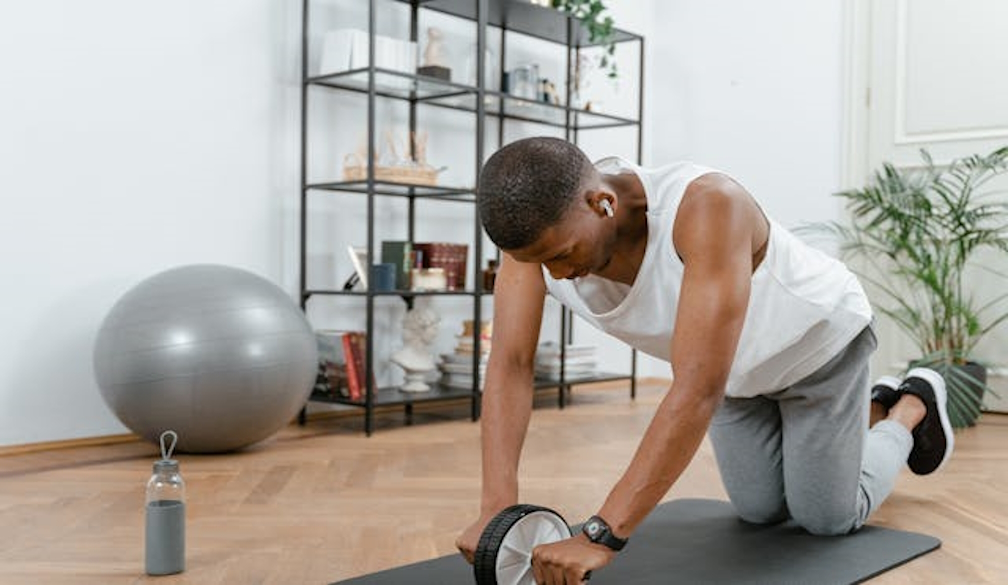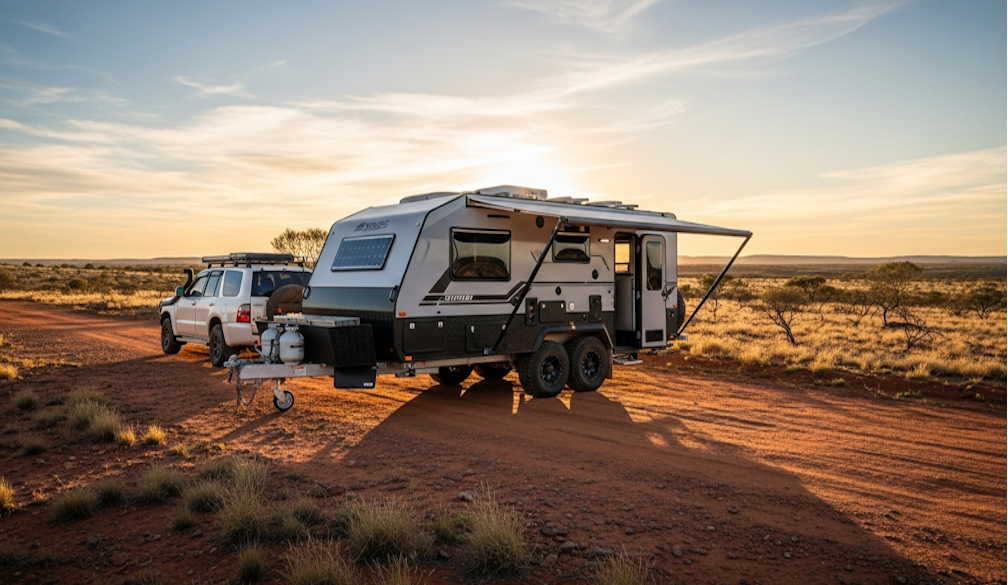The Ultimate Guide to Building a Home Gym on a Budget

For many people, the idea of building a home gym feels expensive and overwhelming, but it doesn’t have to be. The truth is, you don’t need an entire basement of high-end machines to create a workout space that works.
With the right approach, you can design a budget-friendly home gym that’s practical, motivating, and tailored to your fitness goals. This guide will walk you through essential steps — from equipment and flooring to creative storage and savings tips
Step 1: Choose the Right Space
The first step is deciding where your home gym will live. Spare bedrooms, garages, or even a corner of your living room can work if you plan carefully. The key is choosing a space that you’ll actually use.
A dedicated space increases consistency. When your workout area is ready to go, you’re less likely to skip sessions. Even if you only have a small area, smart storage and multipurpose equipment will help you maximise it.
Step 2: Start with Essential Equipment
You don’t need to buy everything at once. Begin with versatile items that allow you to perform a wide variety of exercises. Dumbbells, resistance bands, and kettlebells are great starting points that don’t take up much room.
Bodyweight equipment like pull-up bars and jump ropes is also affordable and highly effective. These basics are enough to give you a full-body workout without requiring bulky machines.
Step 3: Invest in the Right Flooring
One of the most overlooked aspects of building a home gym is flooring. Protecting your floors and reducing impact on your joints makes a huge difference in the long run. This is where a high-quality gym mat for small home gyms comes in.
Mats are inexpensive, easy to install, and incredibly versatile. They protect surfaces from heavy weights, provide grip for yoga or stretching, and absorb shock during high-impact moves. Choosing the right gym mat ensures your workouts are safe and your space stays in top condition.
Step 4: Shop Smart for Budget Savings
Fitness equipment can add up quickly, but there are plenty of ways to save. Consider buying secondhand through online marketplaces, local gyms selling old stock, or clearance sales. Many quality items are available at a fraction of the cost if you’re willing to do a little searching.
Prioritise what you need most. Instead of splurging on high-tech gear, focus on versatile, durable items that fit your workout style. Over time, you can add more equipment as your budget allows.
Step 5: Make the Most of Multipurpose Gear
If space and money are limited, multipurpose equipment is your best friend. Adjustable dumbbells replace multiple sets, resistance bands can mimic cable machines, and stability balls can double as a bench.
This approach not only saves money but also keeps your gym clutter-free. By choosing equipment with multiple uses, you’ll get more workouts out of fewer items.
Step 6: Add Personal Touches to Stay Motivated
Your home gym doesn’t have to feel sterile. Adding motivational posters, a mirror, or even a Bluetooth speaker for music can turn your workout area into a place you look forward to using.
Lighting also makes a difference. Bright, energising light can make small spaces feel bigger and boost your mood while training. Creating an inviting atmosphere keeps you coming back consistently.
Step 7: Build Over Time
Remember, you don’t need to create the perfect gym in one weekend. Start with the basics and gradually expand as your fitness journey progresses. This not only makes budgeting easier but also ensures you’re buying equipment you’ll actually use.
Tracking your progress and rewarding yourself with new gear as you hit milestones is also a great way to stay motivated. Think of your home gym as a long-term investment in your health.
Step 8: Track Your Progress and Stay Accountable
A home gym only works if you use it consistently, and tracking your progress is one of the best ways to stay motivated. Keep a simple workout log, use a fitness app, or set weekly goals to measure improvements in strength, endurance, or flexibility.
Accountability fuels consistency. Sharing your progress with a friend, joining an online fitness group, or rewarding yourself for hitting milestones keeps your training exciting and helps you push through plateaus.
Conclusion: Your Fitness, Your Space
Building a home gym on a budget is about being resourceful and strategic. By choosing the right space, starting with essentials, protecting your floors with a reliable gym mat, and shopping smart, you can create a gym that fits your goals without draining your wallet. The best part? This space is yours — designed to fit your lifestyle, ready when you are, and free from the distractions of a crowded gym.





